Renovation and reconstruction project sheds light on fascinating history of Jiangxi guilds
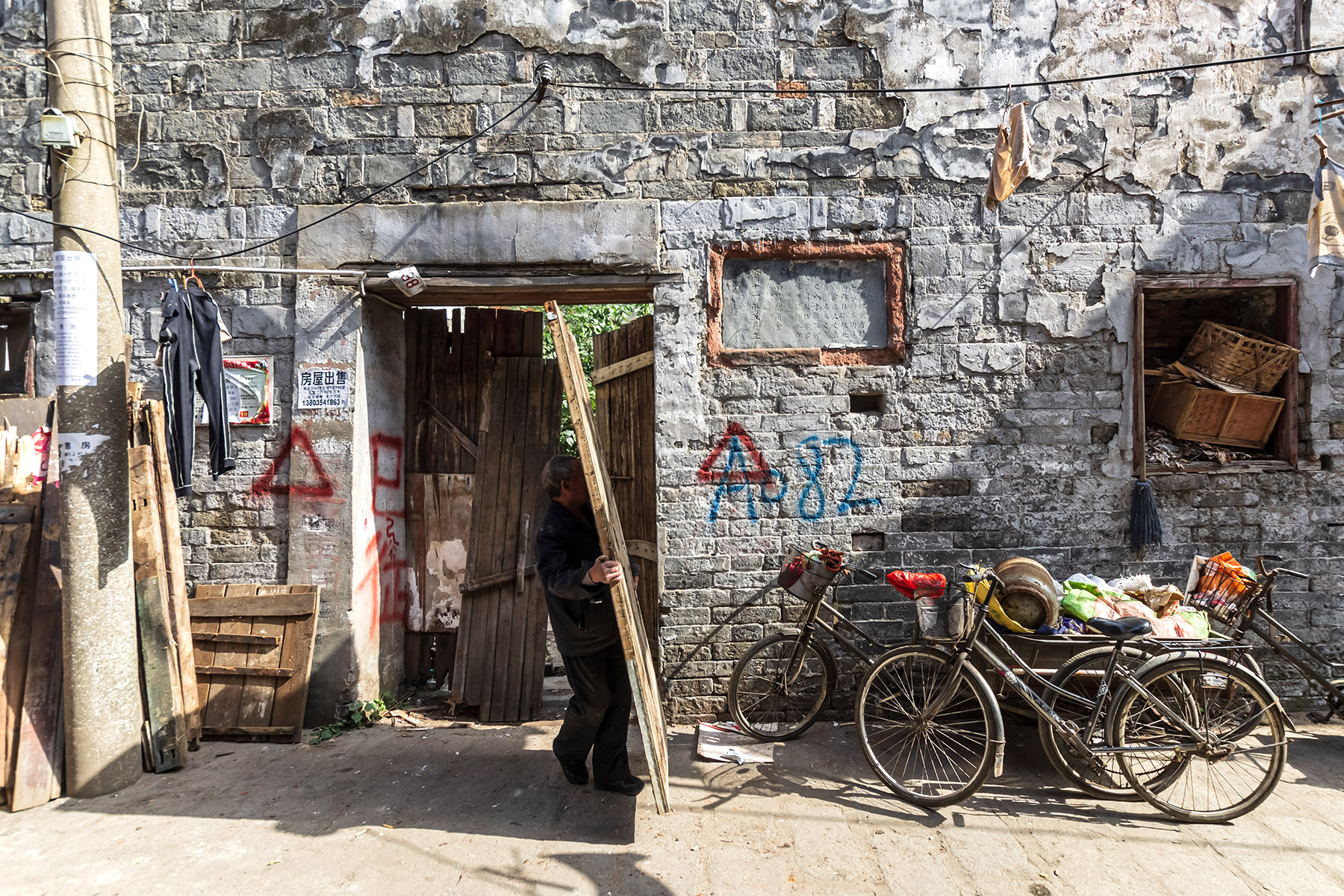
Photographer Zang Yi has documented Nanchang's old streets since his college days, often scaling rooftops to get the perfect shot.
In September 2013, he captured the Wanshou Palace area — then a crumbling warren of cheap clothing stalls in Jiangxi province's capital city — from an Industrial and Commercial Bank of China workers' dormitory.
When he returned to the same spot in April 2025, the new view stunned him: a 54,000-square-meter cultural complex blending ruins from the Qing Dynasty (1644-1911) with neon-lit bubble tea shops. He took a picture from the same angle. His side-by-side photos on Xiaohongshu, or RedNote, went viral with over 80,000 views and more than 200 comments.
READ MORE: City walks step up in popularity
"Locals flooded the post with comments like, 'This was my childhood, but I barely recognize it now'," said Zang.
"When I was in school, I took many pictures around this area. At that time, Wanshou Palace was simply a market surrounded by dilapidated shantytowns where people came to buy inexpensive clothes," he said. "Now, it's totally different."
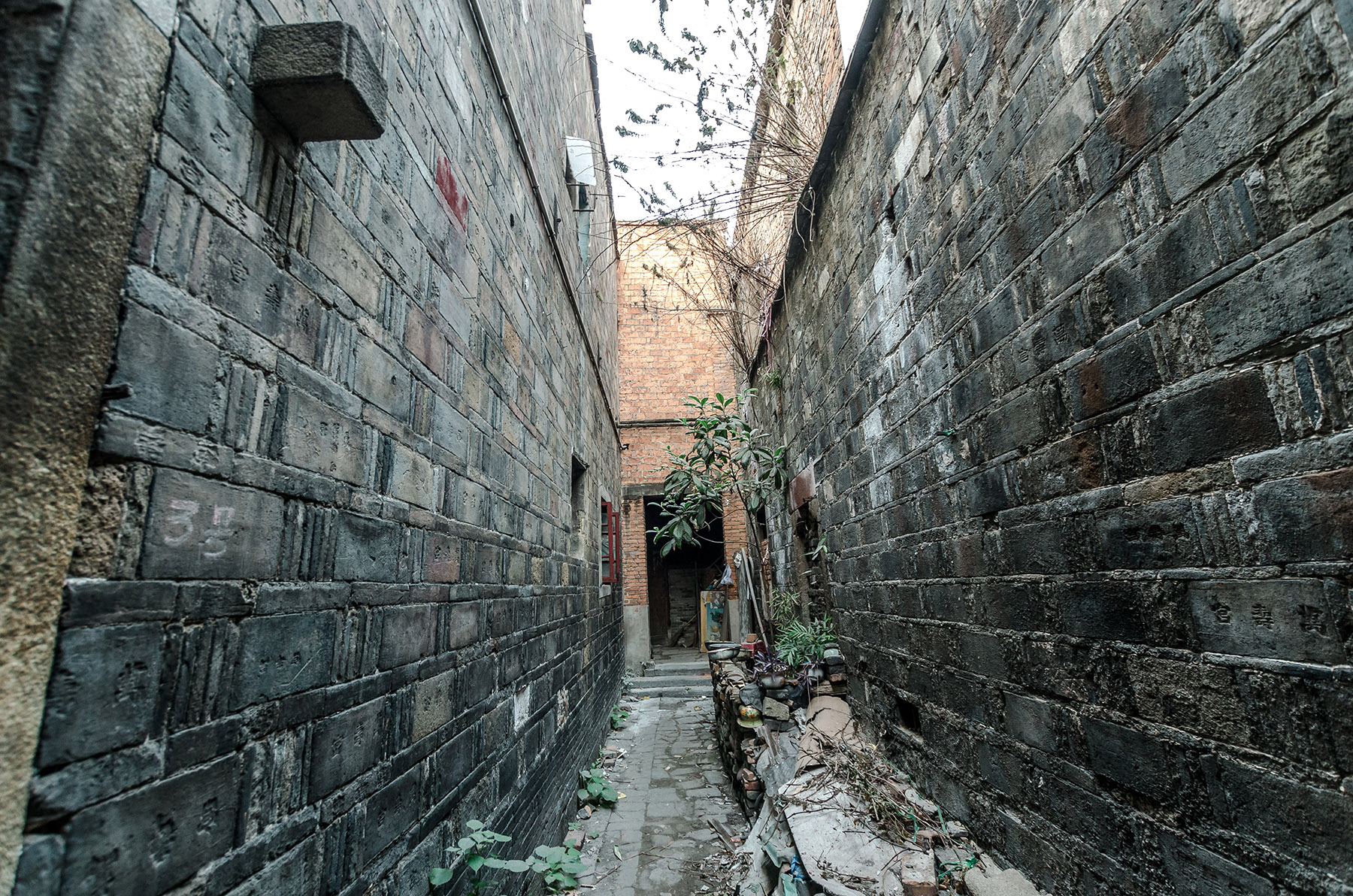
The old area is located within the main commercial district of Nanchang. It includes various historic thoroughfares and alleys such as Zhubao and Daizi streets near the Guangrunmen Street precinct.
Renovation of the area began in 2013. It took eight years to complete the Wanshou Palace Historical and Cultural Block construction and restoration projects.
"This reconstruction has been extremely successful, transforming the dilapidated old street area in the city center into a vibrant new attraction, which has become a signature destination for tourism in Nanchang," Zang said.
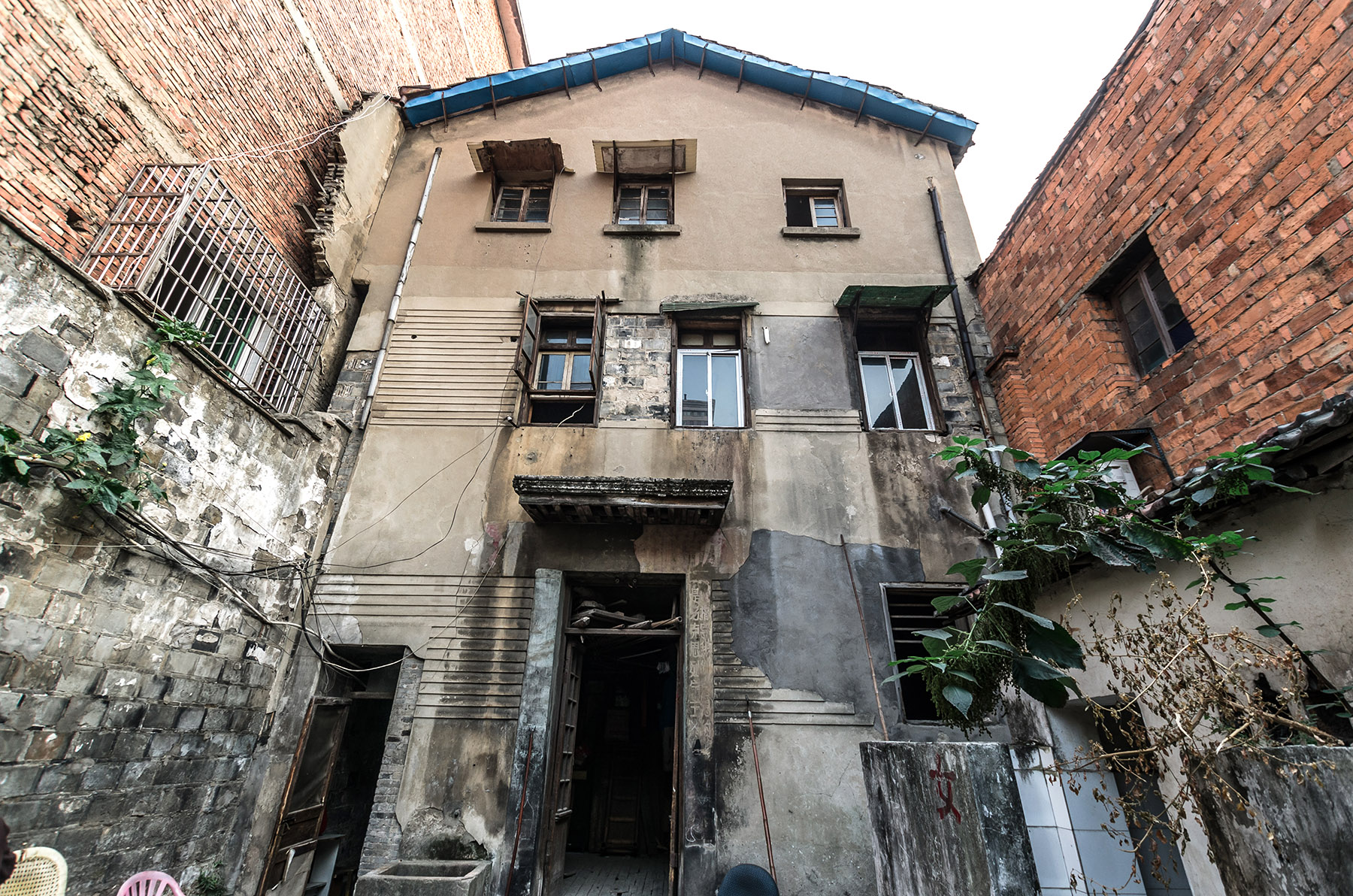
Legendary beginnings
At the center of the block is the reconstructed Wanshou Palace, also known as Tiezhu Wanshou Palace, a famous Taoist temple originally built during the Jin Dynasty (265-420).
At the time, Jiangxi was plagued by floods. Local legends told of a Taoist master, Xu Xun, who eased the situation by chaining to an iron pillar an evil dragon causing the disturbances.
After taming the floods, Xu was deified as the "God of Blessings" and locals built Tiezhu Wanshou Palace, or Iron Pillar Longevity Palace, in his honor.
During the Ming (1368-1644) and Qing dynasties Jiangxi merchants' guilds expanded the area into a commercial site.
"Wanshou Palace emerged from the people's worship of Xu, thrived because of the court's respect for Xu's contributions, and prospered due to the migration of merchants from Jiangxi," said Mei Lianhua, chief cultural consultant for the Wanshou Palace Historical and Cultural Block. "This was facilitated by the widespread influence of Jiangxi merchants' guilds both nationally and internationally."
As the merchants' trade and financial influence extended across the country and overseas, they established new Wanshou palaces wherever they went.
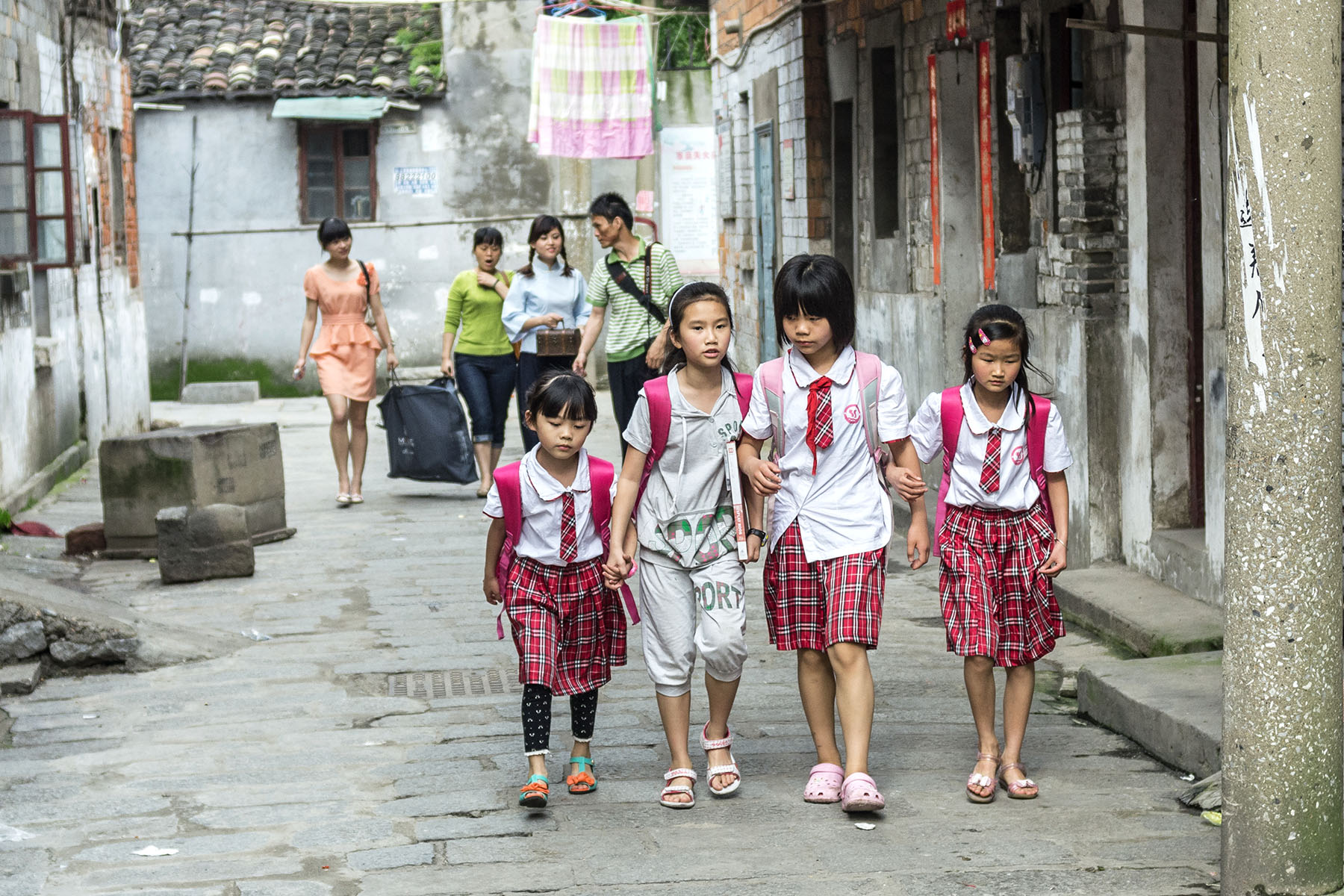
These palaces served as venues for kinship gatherings, business discussions, and mutual support. The palaces were often referred to as Jiangxi guildhalls.
According to the book Wanshou Palace and Jiangyou Merchants, the palaces were hubs for merchants to exchange commercial information, negotiate deals, and collaborate on business ventures.
The Wanshou palace in Jingdezhen, Jiangxi, for instance, was a conduit to send the city's famed porcelain to the outside world, significantly contributing to the strong demand for the product.
Today, there are about 1,900 Wanshou palaces in existence, with roughly 700 located in Jiangxi and approximately 1,200 found outside the province, according to a 2023 article in Chinese National Geography magazine.
During the Ming Dynasty, Jiangxi guildhalls made up 34 percent of the total number of guildhalls in Beijing. In the southern regions, Jiangxi guildhalls represented 46 percent of the total in Hunan province, 38 percent in Yunnan province, and 34 percent in Guizhou province, according to Mei.
In addition to major cities like Beijing, Shanghai, and Guangzhou, Guangdong province, there are numerous Wanshou palaces in Hong Kong and Macao, as well as overseas locations such as Singapore, Malaysia, and the United States.
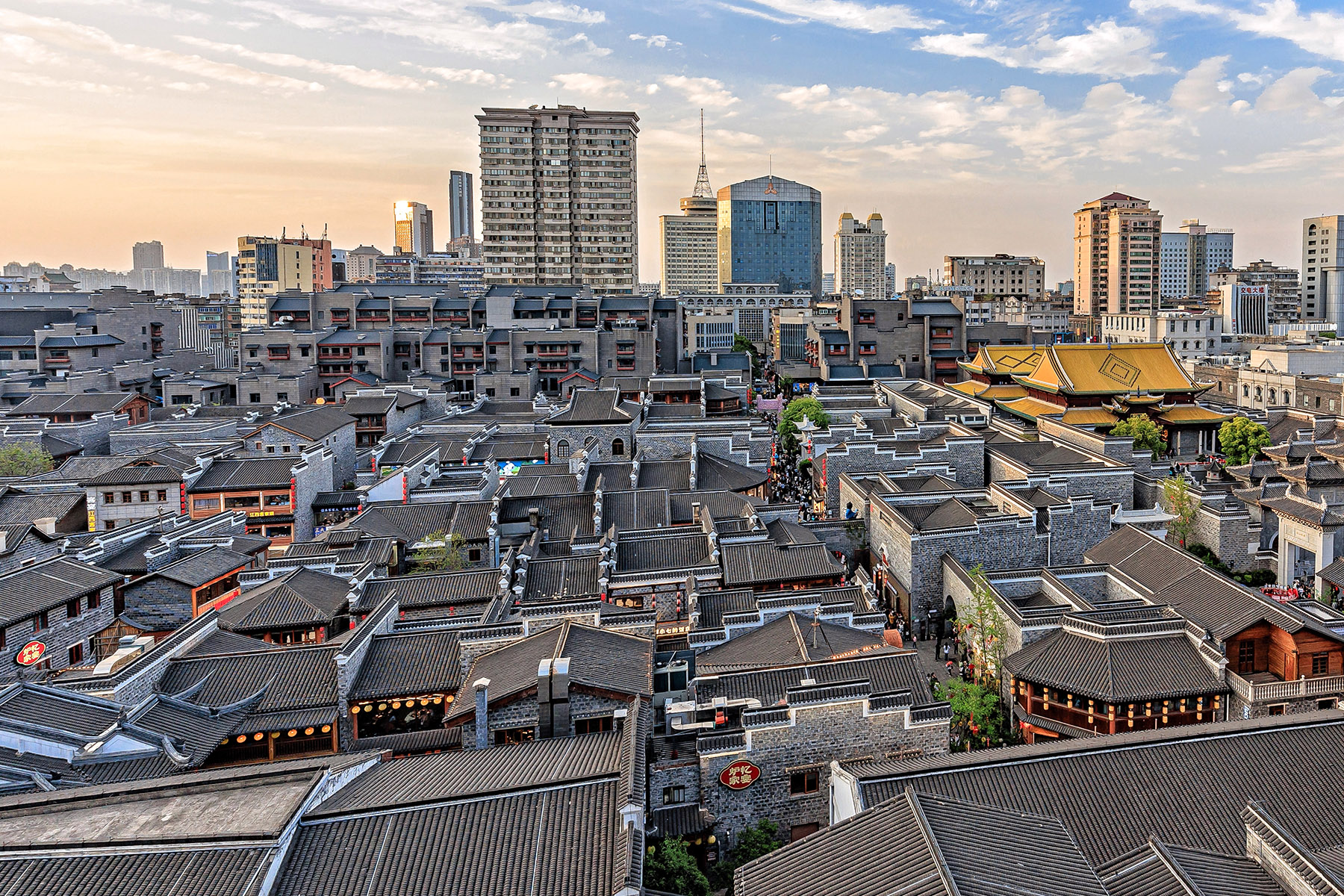
Renovation plans
The architectural grandeur of the original Wanshou Palace earned acclaim from overseas missionaries.
In April 1595, Italian Matteo Ricci visited the palace in Nanchang while on his way to Nanjing in Jiangsu province for missionary work. In a letter to a friend, he described the palace as "magnificent, both inside and out, filled with merchants, as if there were trade fairs every day; it was very lively".
In China, sites relating to folk beliefs often served as gathering places for merchants as well as venues for cultural exchanges, Mei said.
This reflects the evolution, commercial development, traditional customs, and grassroots culture of a city as showcased by Wanshou Palace, he added.
The Wanshou Palace commercial district — located 1.2 kilometers from Tengwang Pavilion and a short walk to the Ganjiang River — leveraged strategic land and water links to develop a vibrant cargo network, cementing its status as a commercial hub, according to the Nanchang County Chronicle.
However, by the 1990s, with the acceleration of urbanization and the emergence of new commercial districts, the once-thriving commercial district around Wanshou Palace had declined. The area had become a shantytown and its cultural heritage risked being erased.
In 2013, the local government decided to restore Wanshou Palace, investing over 2 billion yuan ($280 million) to create a cultural block near the original site.
On the eve of the 2021 Spring Festival, the Wanshou Palace Historical and Cultural Block opened for trial operations.
The open-air block features six distinct precincts, including restaurants, coffee shops and bars, and tourist gift shops. By October 2022, the block had received over 8.5 million tourist visits, according to Nanchang Municipal People's Government information.
By 2024, Nanchang had emerged as a popular tourist destination, with the block a major tourist attraction that recorded 26.7 million visitor arrivals.
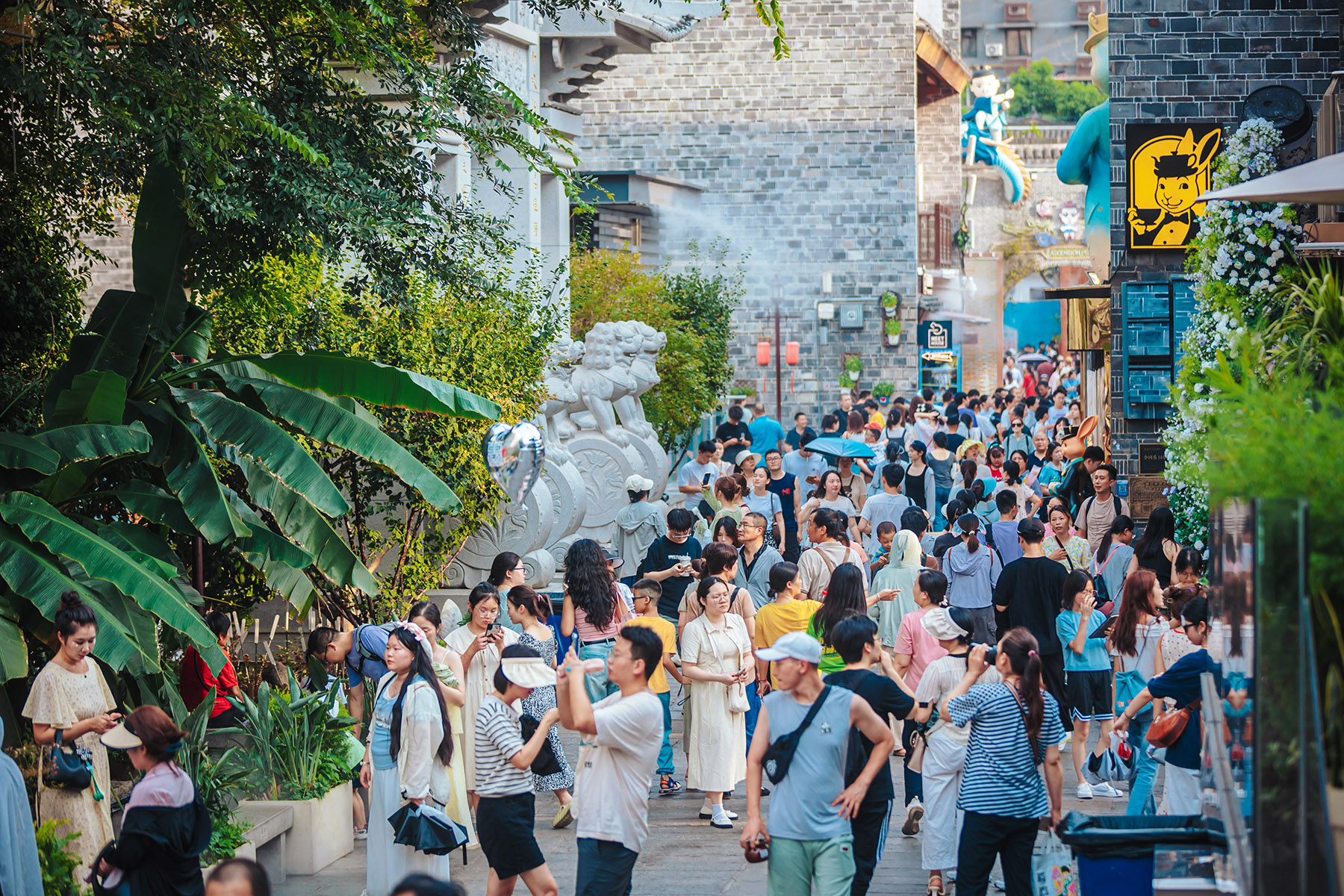
Rekindling memories
Gu Lesi was born in Nanchang, and after nearly a decade away returned to her hometown for this year's Spring Festival. The changes in the Wanshou Palace area both shocked and delighted her.
"The old small shops and rundown shacks are gone, replaced by a brand-new historical and cultural block, with elements of intangible cultural heritage and popular spots for visitors to check out," Gu said.
As she squeezed through the crowd and slowly walked along the streets, she sampled a variety of snacks like sugar cakes, rice cakes, and porridge. "Everything seems to have changed, yet it also feels like nothing has changed," said Gu, 28, who moved to Zhejiang province a decade ago.
"You can still find the taste of those snacks from your past here. But the festive atmosphere of Spring Festival is something I've never experienced here before."
She said in the evening, there were dragon dance performances with lanterns, which reminded her of Yu Garden in Shanghai. Gu said the historical block is a perfect blend of the old and the new.
Yang Shen, the head of Xihu district in Nanchang, believes it is important to keep historical architectural and cultural elements while integrating them into a modern development.
The Wanshou Palace Historical and Cultural Block is not only a site for cultural experiences, but also a hub for commerce and tourism, as well as a venue for young entrepreneurs to use, he said.
"A historical and cultural block is a microcosm of a city. This transformation has significantly enhanced the image and quality of the provincial capital," he said.
The district has 123 buildings, with 118 reflecting the style of Jiangxi architecture in the late Qing Dynasty. The original "three streets, five alleys" layout has been preserved.
"We adhered to three principles: maintaining the neighborhood's organic structure, traditional architectural aesthetics, and cultural atmosphere," said Wu Tao, deputy district chief of Xihu district.
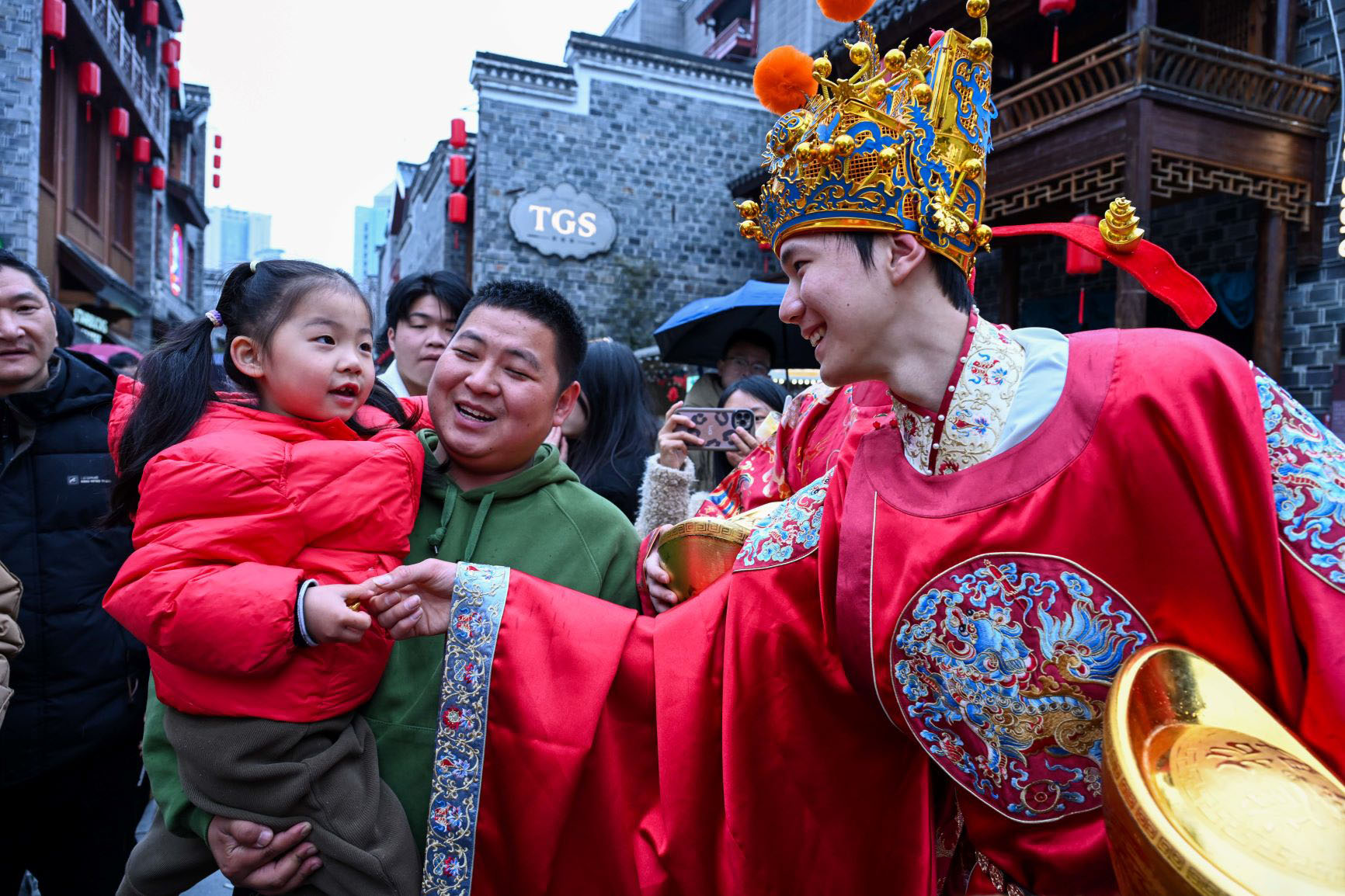
Merger of old and new
Rebuilt on its original site, Tiezhu Wanshou Palace has glass-encased archaeological sections showing ruins from the Ming and Qing dynasties, and the Republic of China period (1912-1949).
During a 2019 dig, archaeologists found Ming foundation stones and Qing merchant seals that are now displayed at the site.
Zang said old and new brickwork had been integrated, including blocks from the Ming and Qing dynasties inscribed with faded Wanshou Palace characters. "You can touch bricks inscribed with 'Wanshou Palace' — some from the 1600s," he said.
The fusion of historical restoration and modern youth culture resonates strongly at the block, he said.
It has hosted hanfu shows, intangible heritage demonstrations, and the 2024 Lunar New Year dragon-themed festival that drew 1.08 million visits, a year-on-year rise of 68 percent.
"The district's revival strategy hinges on marrying old architectural heritage with Gen-Z-driven cultural trends, from hanfu fashion shows to comedy clubs — a deliberate rebranding of Nanchang's historical core as a youth-centric playground," said Hu Yan, marketing head of Jiangxi Wanshou Palace Culture and Tourism Business Management Co.
ALSO READ: Jiangxi's Red bases 'in their prime'
The Intangible Heritage Hub allows visitors to try out nine local crafts, including gan hair embroidery — stitching with human hair, a 500-year-old technique.
"Over 70 percent of people who try it are born after the 1990s and crave hands-on cultural engagement," said apprentice Wan Ye, who works under master embroiderer Tao Yonghong.
At One Mic stand-up comedy club, musician Li Yang's performances showcase the district's new creative energy. Li and his troupe of traveling performers were among the first to settle in the block. Yang used to be a dentist who dabbled in home decoration design, but his greatest love was always music.
After resigning in 2023, he dedicated himself to musical road shows. "Wanshou Palace Historical and Cultural Block provides us with free road show venues. We not only make a living with our talents, but also add color to the city with our songs," he said.
Wan Hui is the founder of A Microphone club, Jiangxi's first stand comedy venue.
In search of a fixed performance venue, he moved A Microphone into the block in 2021. "We want to make Nanchang both culturally profound and fun," said Wan.
Contact the writer at zhaoruinan@chinadaily.com.cn


